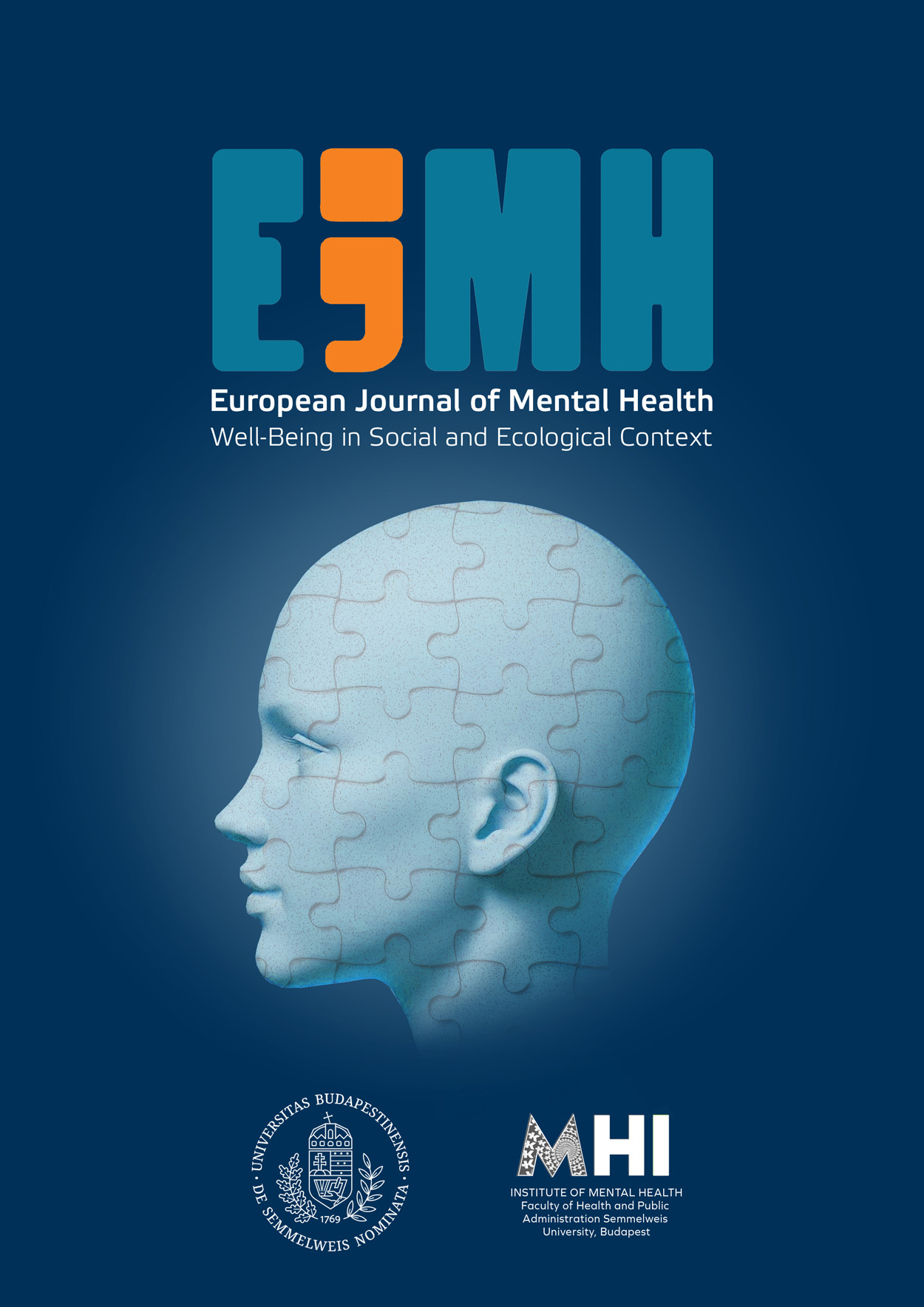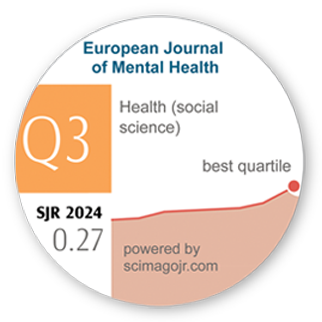Submissions
Submission Preparation Checklist
All submissions must meet the following requirements.
- The content of the manuscript meets the scope of the journal.
- The length of the manuscript fits into the maximum criteria described in the Authors Guidelines.
- The structure of the abstract and the main text meet the requirements of the Author Guidelines.
- The references, the bibliography and the presentation of statistical findings meet the APA 7th requirements.
- The manuscript is written in correct English language.
- The submission has not been previously published, nor is it before another journal for consideration (or an explanation has been provided in Comments to the Editor).
- The original manuscript including the authors' details has been prepared. (MANDATORY UPLOAD)
- The manuscript files have been anonymised to allow for blind review. (MANDATORY UPLOAD)
- Authors’ details are included on a separate Title page. (MANDATORY UPLOAD)
- The Authors’ Form including a declaration about the originality, integrity, authorship, data availability, AI-assited research, and research authorizaton of the study has been completed, approved by all authors,...
Articles
Section default policy
Review Articles
Review articles
Narrative literature reviews are accepted in exceptional cases (at the request of the editorial team or for specific, unique topics with a prior approval of the editor-in-chief). Invited manuscripts will also always go through the peer-review process. Scoping and systematic reviews, meta-analyses and meta-syntheses on interesting and novel topics are welcome.
Length: The maximum length of the review manuscripts, including every part of the manuscripts, is 35 pages. In exceptional cases, prior permission to submit a longer manuscript must be obtained from the Editor-in-Chief.
In the cases of quantitative reviews and meta-analyses, following the PRISMA guidelines is requested: https://prisma-statement.org/
Structure of the article: Our journal follows the following structure for the presentation of scoping and systematic reviews and meta-analyses: (1) Introduction, (2) Methods, (3) Results, (4) Discussion, (5) Strengths and limitations, (6) Conclusion, implications, and future directions. In a narrative review the structure is more flexible, please follow a logical structure with adequate headings.
Structure of the abstract: (1) Introduction, (2) Aim, (3) Methods, (4) Results, (5) Conclusions
Research Articles
Research articles
Papers of empirical research using quantitative, qualitative, or mixed methods are welcome. Research may be cross-sectional, longitudinal, or sequential studies, impact assessments, and effectiveness evaluations, or thorough psychometric and validation work, etc.
Length: Manuscripts should be developed in a maximum of 35 pages including all parts of the manuscript following a literature introduction, a thorough methodology section, a correct presentation of the results, a comparative discussion, and cautious conclusions of the results. In exceptional cases, prior permission to submit a longer manuscript must be obtained from the Editor-in-Chief.
Structure of the article: Our journal follows the following structure for the presentation of all empirical articles: (1) Introduction, (2) Methods, (3) Results, (4) Discussion, (5) Strengths and limitations, (6) Conclusion, implications, and future directions
Structure of the abstract: (1) Introduction, (2) Aim, (3) Methods, (4) Results, (5) Conclusions
We recommend following STROBE guidelines (https://www.strobe-statement.org/) for quantitative observational studies (cohort, case-control and cross-sectional studies).
Perspective Articles
Perspective articles
Perspective articles are one- or two-authored manuscripts that present a unique and personal perspective on a particular research topic of high interest, existing problems, dilemmas, fundamental concepts or ideas, key empirical findings, and implications of innovations. Articles may propose new hypotheses to explain existing findings. Perspective articles provide a concise account of the current developments, challenges, and future directions of a research topic. They may include original data, results as well as personal opinions.
Length: maximum 12 pages
Structure of the article: The author is free to edit the article in a logical structure. In general, these articles consist of an introduction, a few main paragraphs, and a conclusion.
Structure of the abstract: Introduction, Areas covered, Expert opinion, Conclusion, Keywords
Pre-registration and data policy
From 2023, the journal facilitates and supports the pre-registration of studies in AsPredicted, ClinicalTrials.gov, COS, OSF, PROSPERO or PCT platforms, as well as access to research data placed in repositories.
Privacy Statement
The names and email addresses entered in this journal site will be used exclusively for the stated purposes of this journal and will not be made available for any other purpose or to any other party.






